Colliding Galaxies Shine Bright In Radiant Space Photo
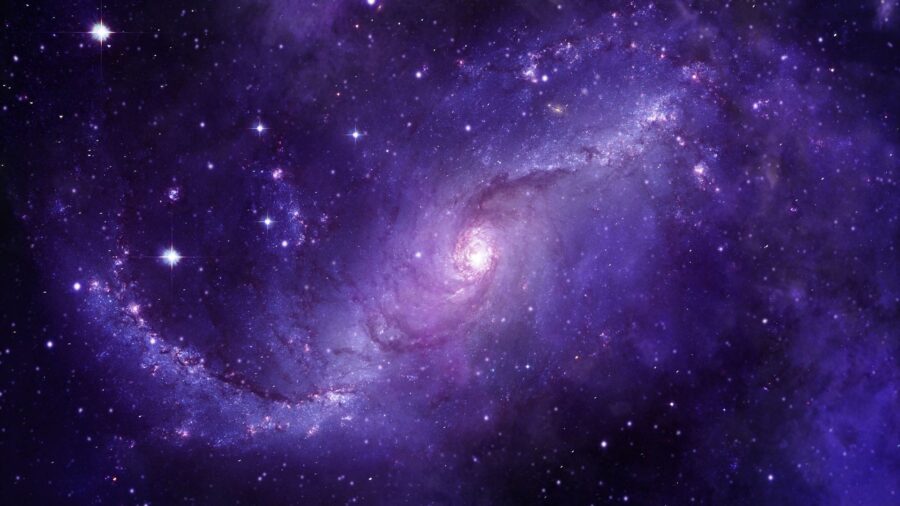
Hubble Space Telescope brought us some of the prettiest images of the final frontier, its beautiful gas clouds, various nebulae, and star-sparkling galaxies. Now, the most recent batch of images sent by the Telescope depicts two colliding galaxies that might give birth to another star.
A Gorgeous Cosmic Collision
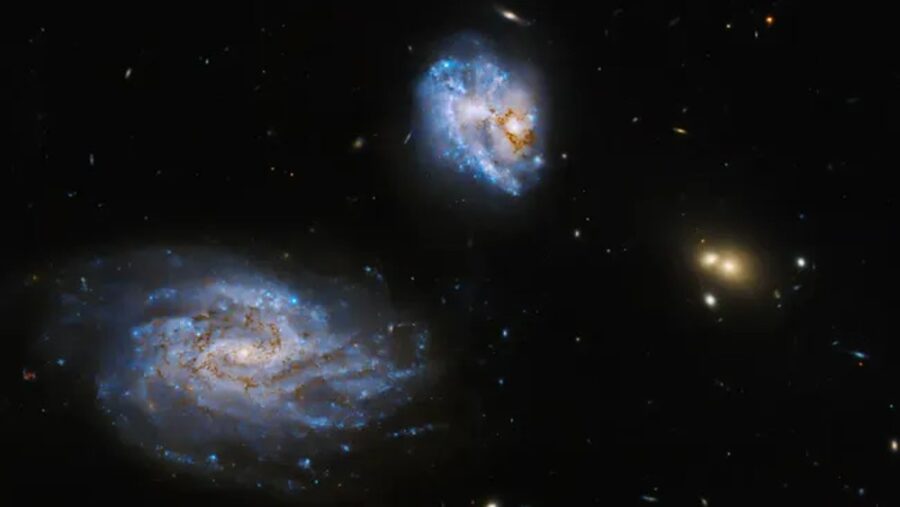
The colliding galaxies called UGC 05028 and UGC 05029, collectively known as Arp 300, are currently doing the cosmic dance as they’re in the process of merging. The smaller of the two, the UGC 05028, has been pulled and twisted by the powerful gravitational field of the larger UGC 05029, which provides the former with an irregular structure. This structure, unfortunately, isn’t visible from ground-based telescopes, but it’s quite distinct on new images sent back by the Hubble Space Telescope.
The Hubble Telescope Keeps Making New Discoveries
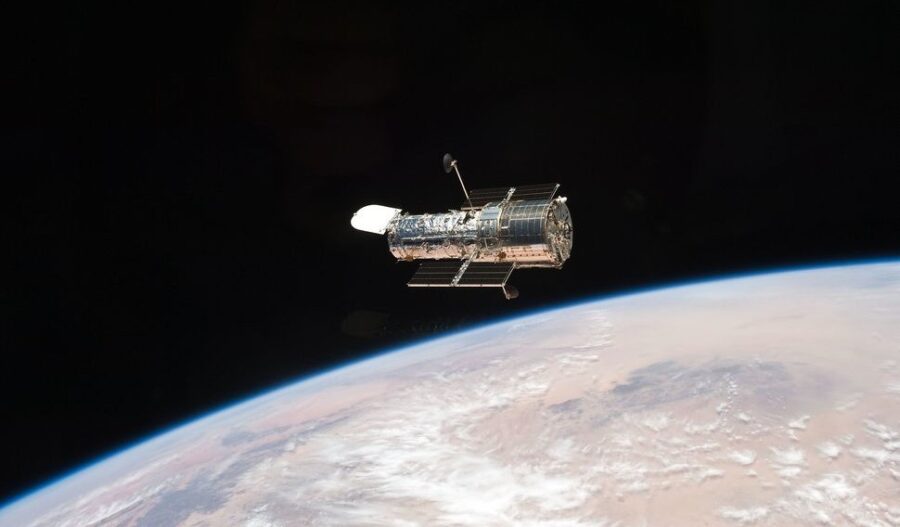
From the Telescope’s perspective, the colliding galaxies appear face-on, meaning they’re fully visible. This includes the centers of both spiraling galaxies and their spiral arms, giving off a disc-shaped appearance. This particular viewpoint allows scientists at NASA to understand better what is going on with both galaxies during the merger and predict the formation of a new galaxy.
An Unequal Galactic Merger
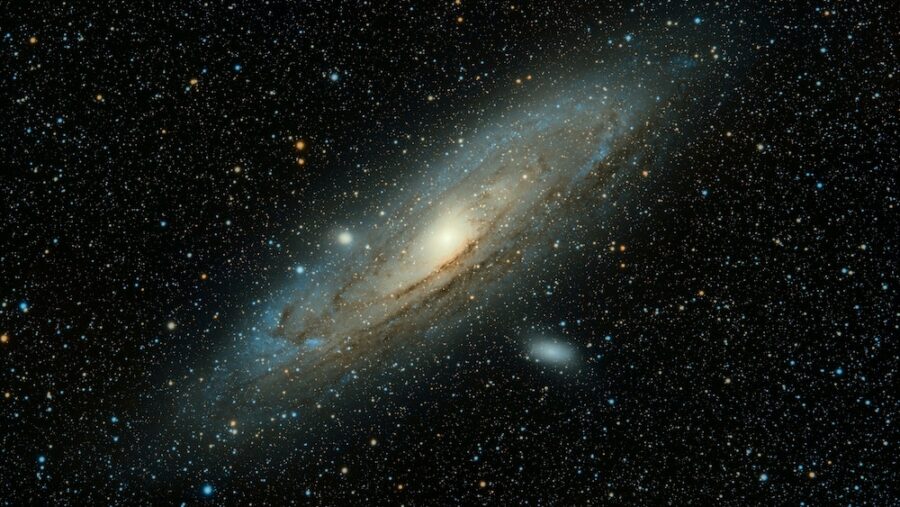
As it turns out, there are two mergers going on within these colliding galaxies. Notably, UGC 05028 has a bright star-filled knot southeast of its core, which is most likely a remnant of another, smaller, ongoing galactic merger. Once this merger is complete, the UGC 05028 will completely absorb the smaller galaxy, with the majority of the material going to its galactic center—a process that is expected to fuel new star formation.
Birth Of A New Star
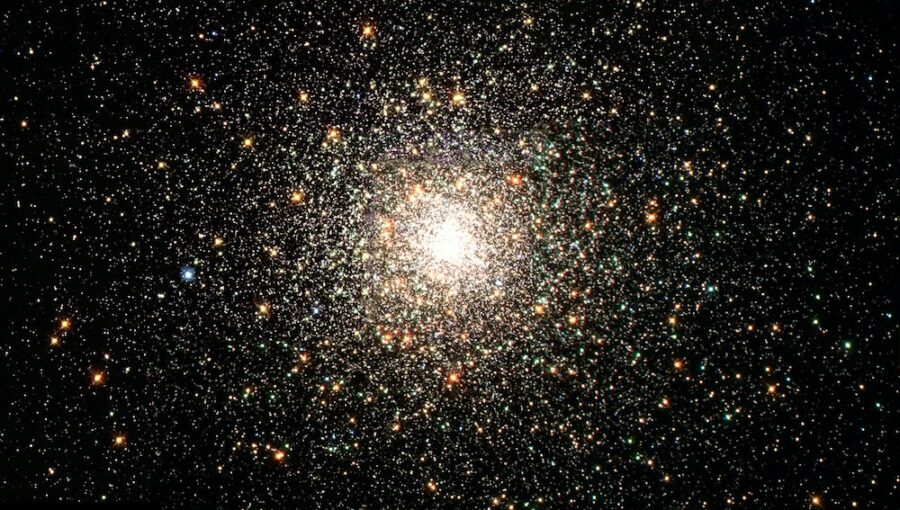
At the same time, the two colliding galaxies, UGC 05028 and UGC 05029, are engaged in a larger-scale gravitational interaction, which is part of a broader merger process between the two galaxies. The resulting gravitational forces exerted by each galaxy are causing significant changes in their structure, triggering new star formations in sections of the galaxies facing their galactic dance partner. This is particularly true for UGB 05029, which has visible blue giant star formations in areas facing UGC 05028.
We Know Very Little About The Universe
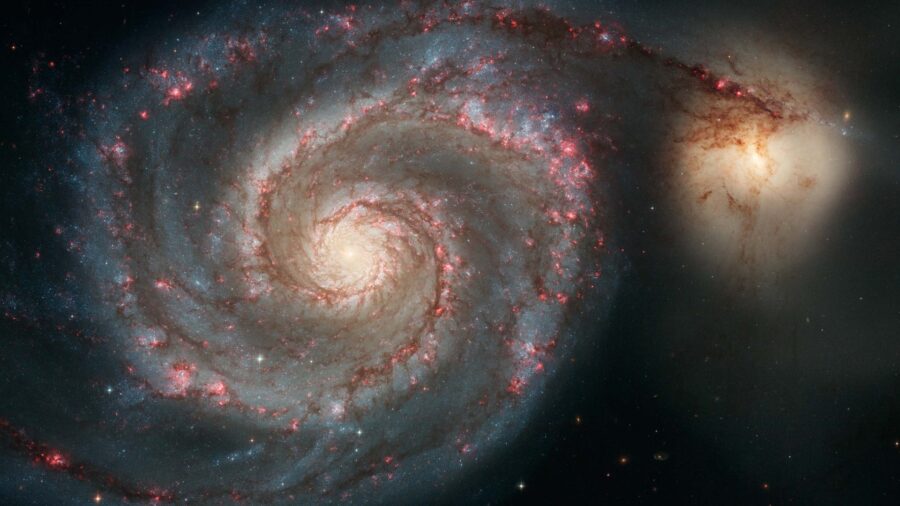
The Hubble Space Telescope’s focus on this galactic dance will deepen our understanding of the relationships and interactions between galaxies and their star formation dynamics, thus offering valuable insight into processes that drive cosmic evolution. These intricate galactic dances often span hundreds, thousands, and often millions of years and bring drastic transformations for the colliding galaxies. The agitated gasses and cosmic dust provide ideal conditions for the formation of new stars, particularly the hot, young, and blue giants like those situated at one of UGC 05029’s spiral arms.
Merging Galaxies Offer New Insight Into Black Holes
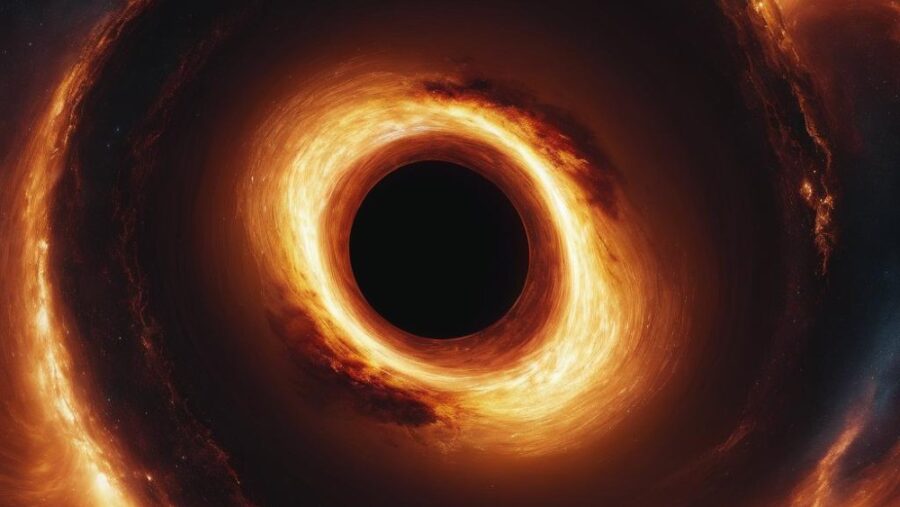
But, perhaps the most interesting part about colliding galaxies is the merger of their central bulges, which are believed to be instrumental in feeding and growing the supermassive black holes that often lurk at galactic centers. For example, Earth is situated closer to the outer edge of the galactic “disk,” some 26,000 to 28,000 light-years away from the supermassive black hole, Sagittarius A, that resides at the center of our galaxy. Does anyone else think Andromeda seems awfully close these days?
Source: NASA












